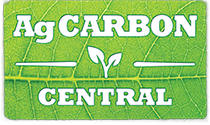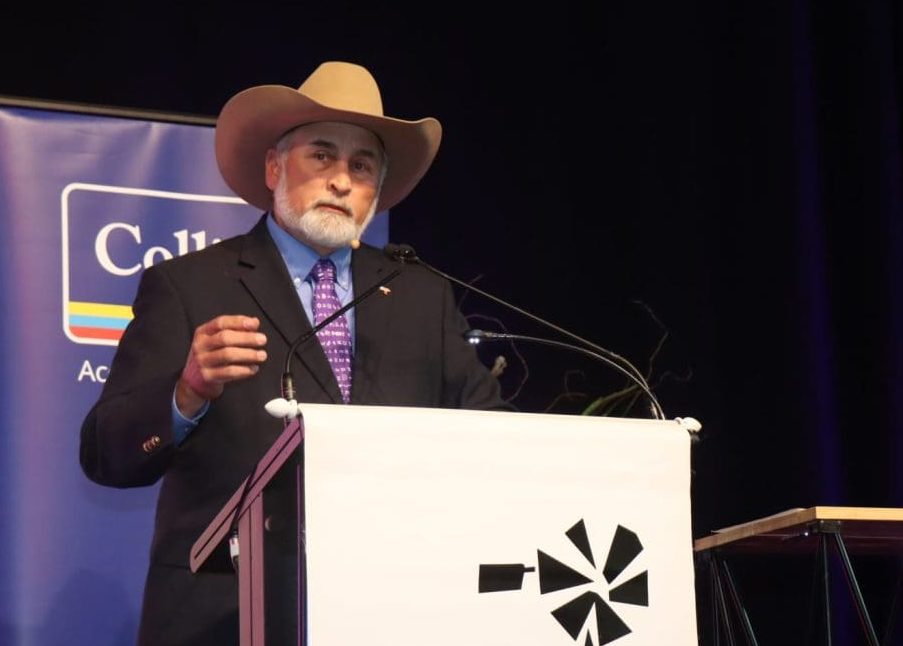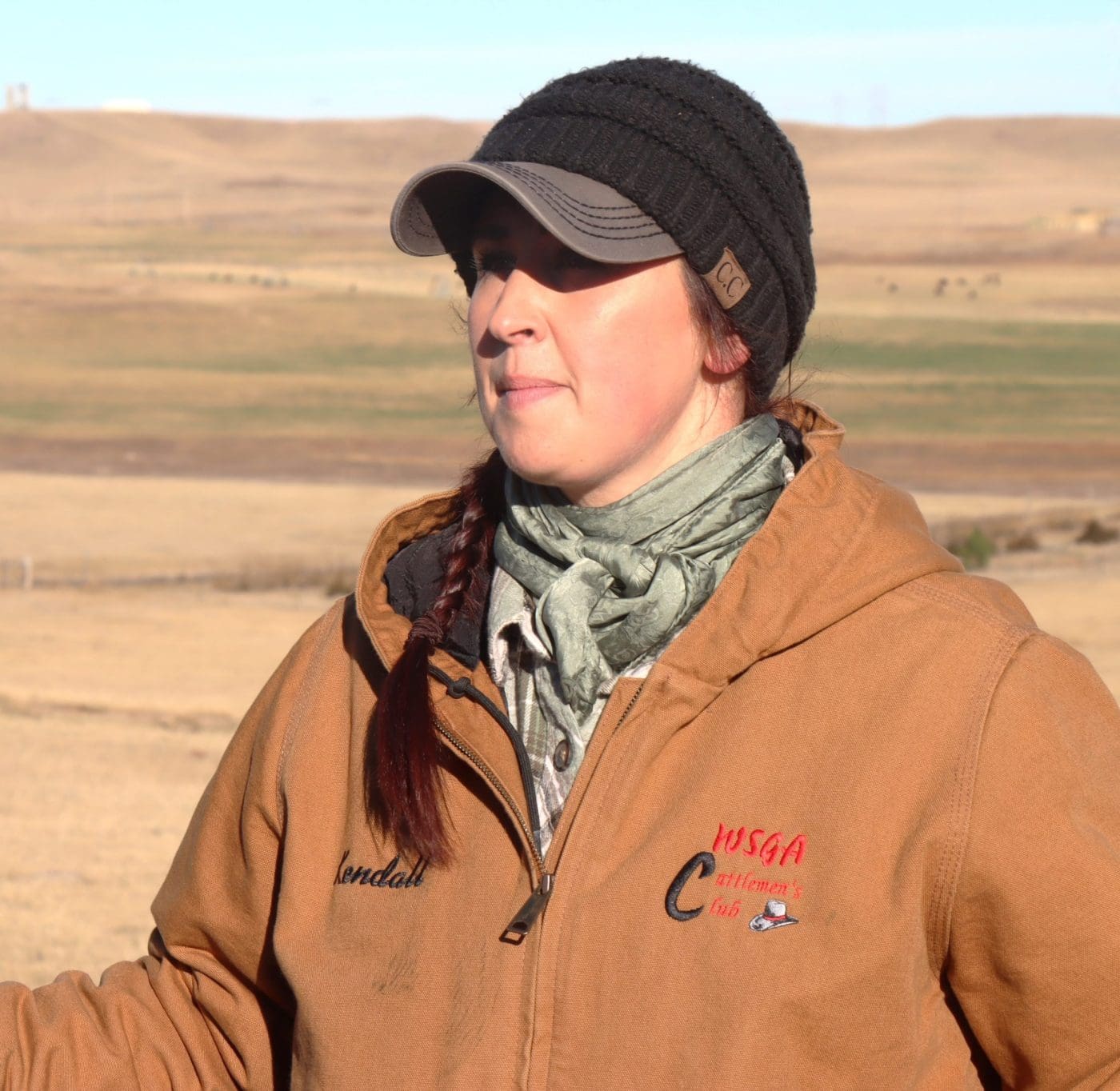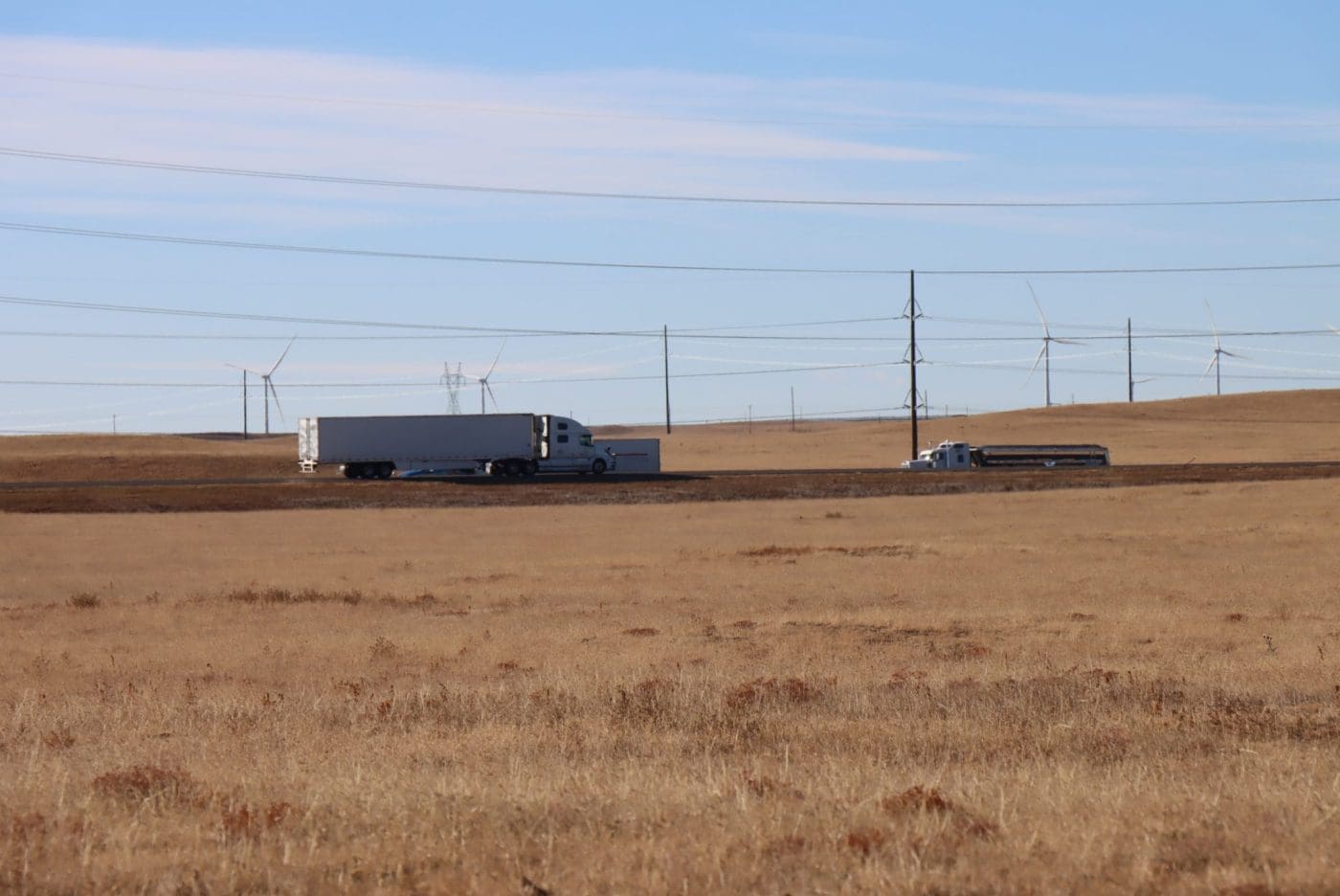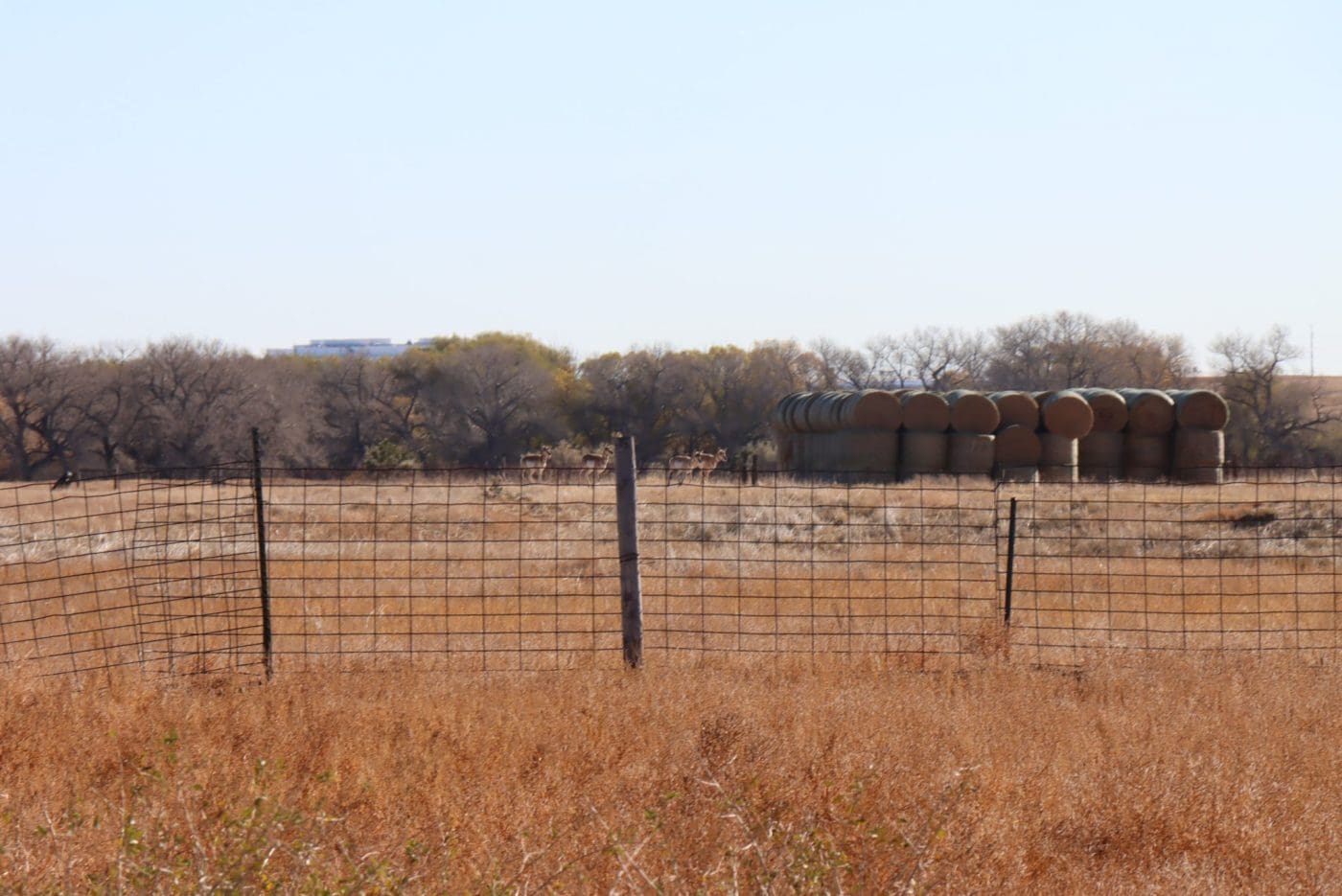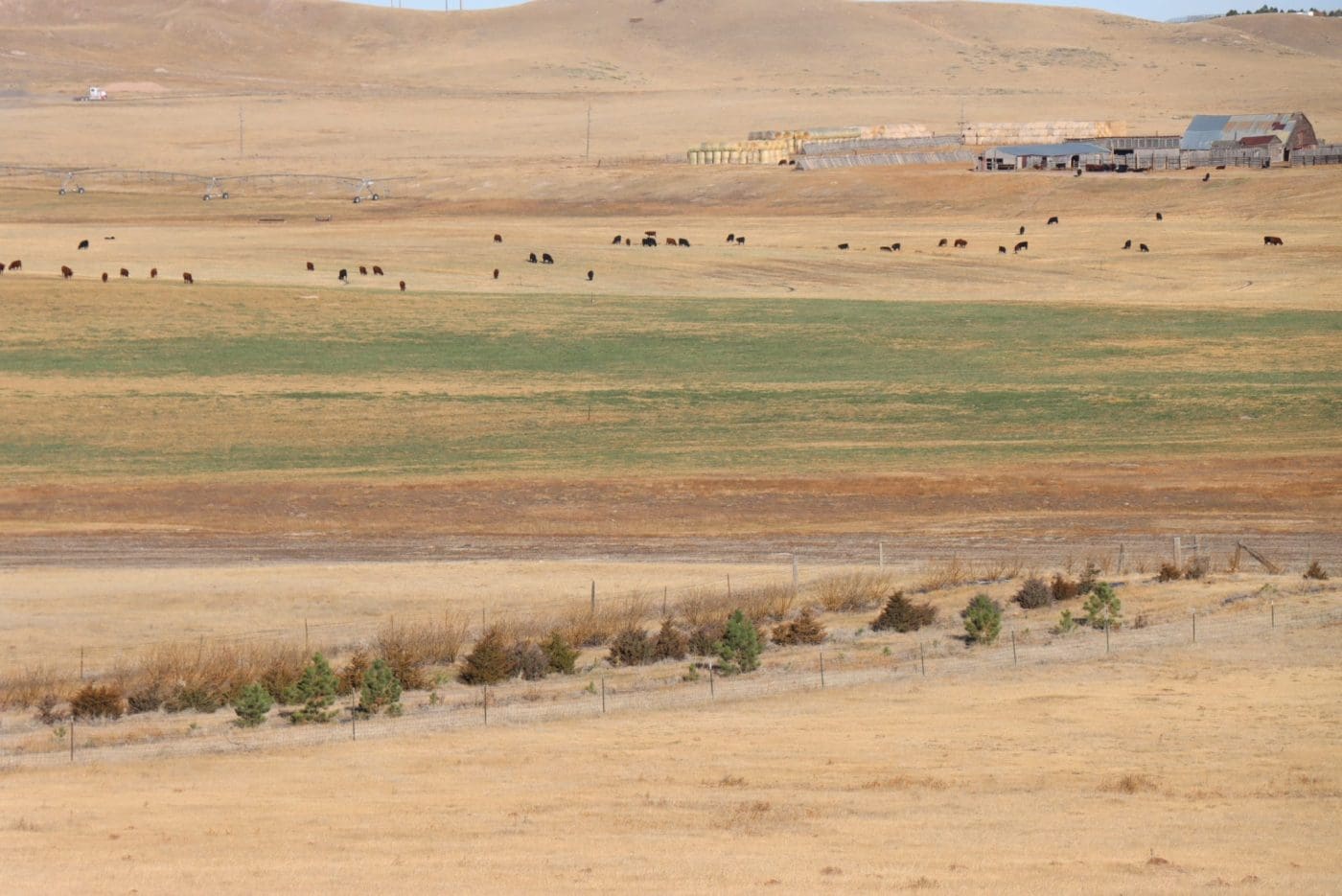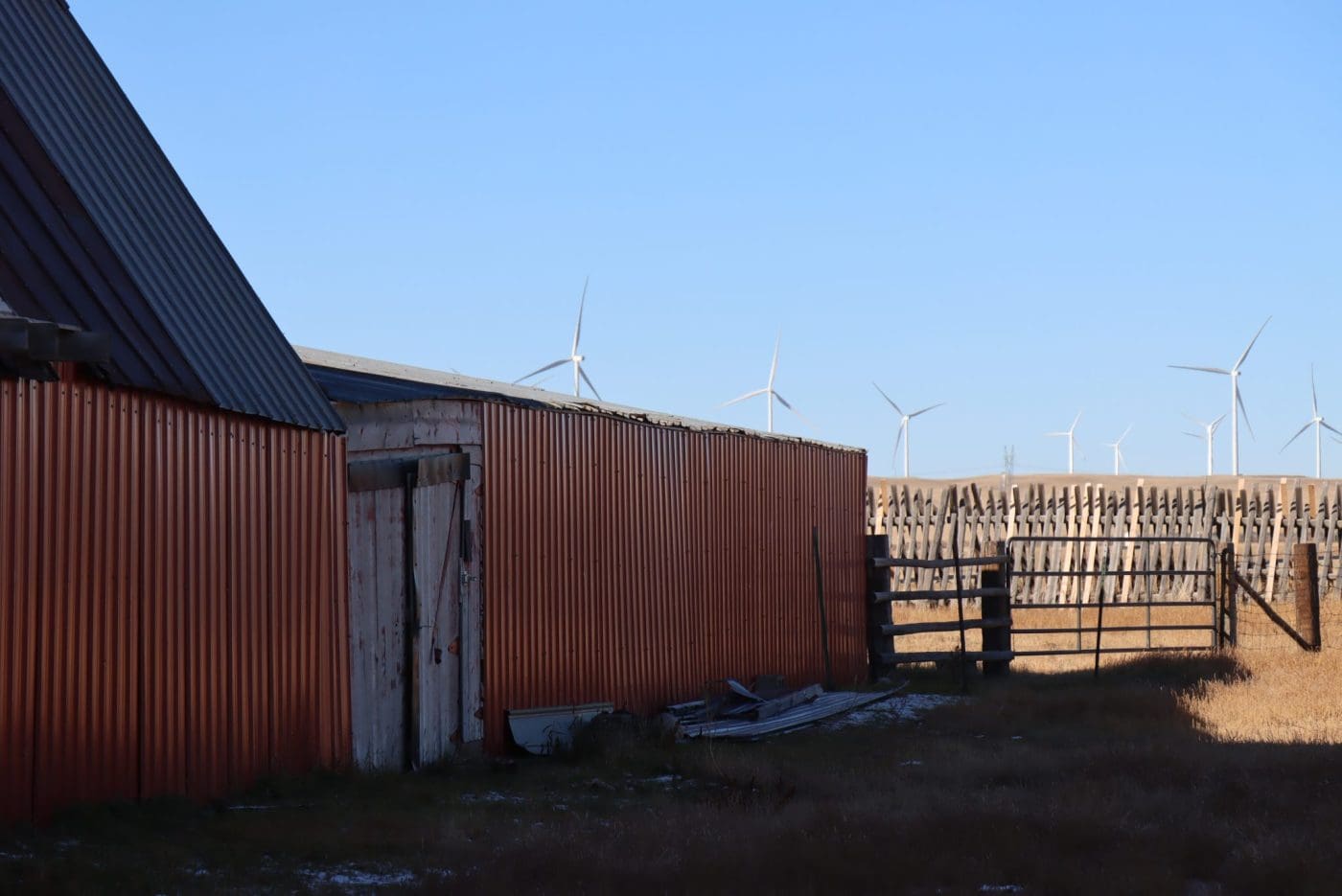
The old barn on King Ranch, Wyoming, took 36 hours to build in the early 1900s. It was build to house one United States’ first shipments of Corriedale sheep.
IT IS hard to stand anywhere on King Ranch without having some view of the urban fringe sprawling onto to the property.
The ranch neighbours Microsoft, a Walmart distribution centre, a major interstate highway, a railway line, a rubbish tip, the local water treatment plant and a new housing estate. Wind turbines and transmission lines are scattered throughout and some of its paddocks are grazed public lands.
Or as United States Department of Agriculture researcher Justin Derner puts it: “This is the new rancher.”
The urban sprawl is a double-edged-sword for the operation. It increases the competition for land use and forces the owners to reinforce the importance of grazing. It also provides an opportunity to diversify income and invest back into the business.
National Cattlemen’s Beef Association president Mark Eisele owns and operates King Ranch with his wife Trudy and daughters Kacie and Kendall. Mr Eisele started working for the King family as a 15-year-old – where he worked on-and-off through his adult years, including while he was at college, and eventually took ownership through a succession plan.
The family recently opened the gates for the Societal Role of Meat conference in Denver.
King Ranch* (*no connection with the famous Santa Gertrudis stud of the same name in Waco, Texas) is just outside the city of Cheyenne, Wyoming, a typically small city near the Colorado border. But to take the two-hour drive north from Denver, it is clear that these smaller cities in the centre of the US are rapidly growing and taking out land that has traditionally been used for livestock.
Housing estates were popping up in the middle of paddocks, with factories and other developments right beside them. The issues caused by this migration from other more populated states, would be recognised by fans of the hit television series Yellowstone.
However, the Eisele family have a different way of dealing to Yellowstone’s typically violent Dutton family.
“We are always looking to partner with the entities and municipalities, we negotiate and try find a middle ground that benefits both parties,” said Kendall Eisele, who hosted the tour of the property.
“It takes a long time and a long process in most situations. But we have developed a lot of those relationships and we continue to keep that open door policy up.”
Demonstrating the benefits of grazing
The open-door policy has a big focus on demonstrating the benefits of grazing and its importance to the local environment.
King Ranch has deer, elk, moose, bears, mountain lions and more than 150 documented bird species passing through the property. For their efforts in managing this biodiversity, the Eisele’s were awarded the 2015 Leopold Conservation award and won the environmental stewardship program with the State of Wyoming.
“We have a lot of things going on with construction and housing going up, but we still have a really good wildlife situation and we take a lot of pride in that,” Ms Eisele said.
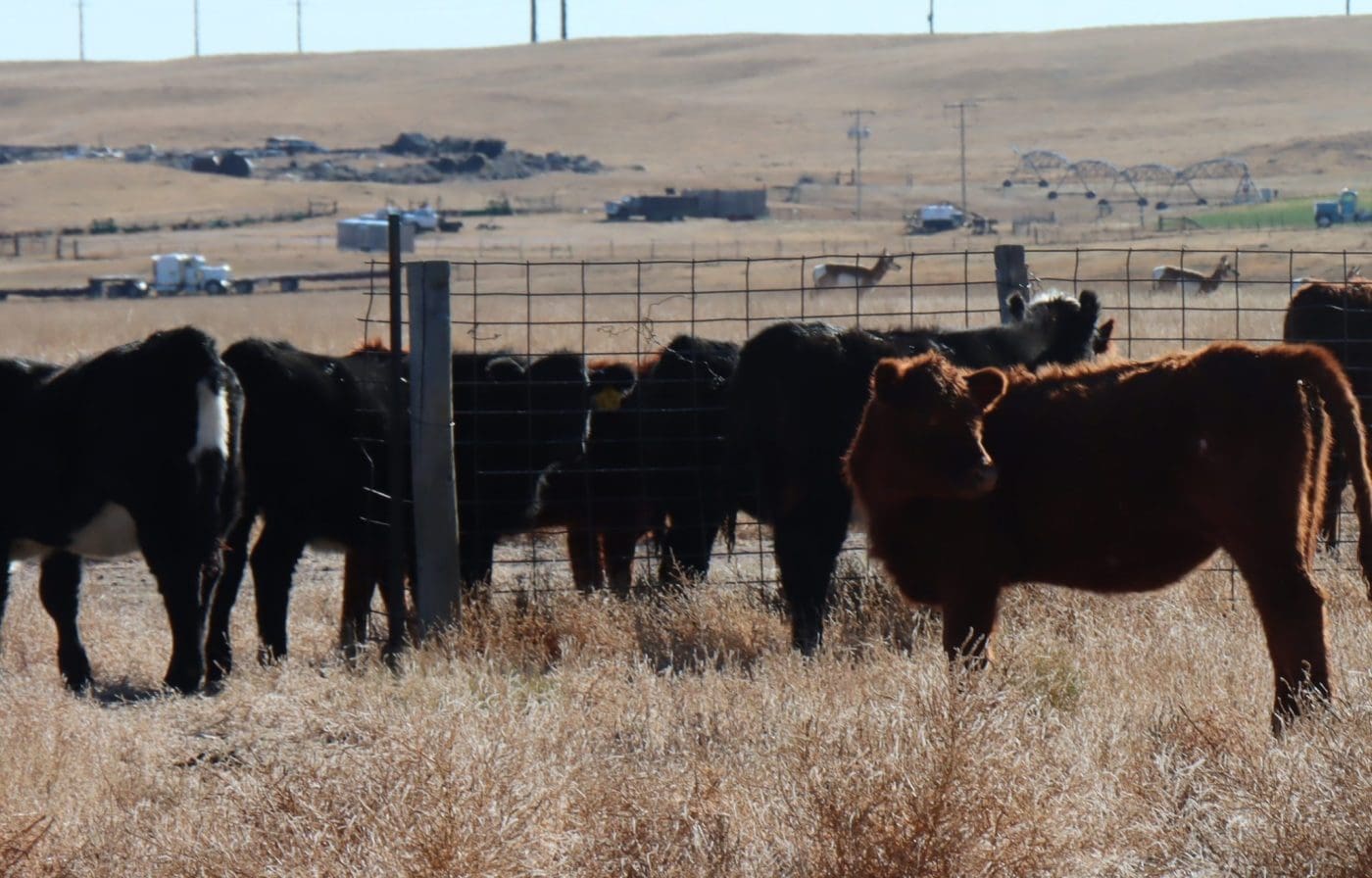
Weaners on King Ranch grazing in front of a mob of deer passing through the property. The operation has won awards for its conservation efforts.
They sell cattle as feeders into a “verified natural beef” program, tracking every animal that is treated with antibiotics and not using hormones. All staff on the property are certified by an animal welfare program called Beef Quality Assurance. The verified beef program gives them a US$200-300/head premium.
The Eisele family also participates in multiple research projects measuring the emissions footprint of the operation.
A green feed machine is set up in one of the paddocks to measure the methane output from the cattle. It is a part of a Colorado State University program measuring methane emissions in both feedlots and grazing systems.
A carbon flux tower is also set up, measuring the fluxes of emissions going in and out of the soil. It is one of 10 towers set up in a five-state project, run by the University of Wyoming in cooperation with Noble Research institute.
Potential in the carbon market
Ms Eisele said she was still unsure whether the family was going to enter the country’s growing carbon market.
Long-term soil carbon data has been captured in the area, which has shown that the grazed lands are a net carbon sink.
The US has various schemes that verify soil carbon projects and help monetise gains in soil carbon.
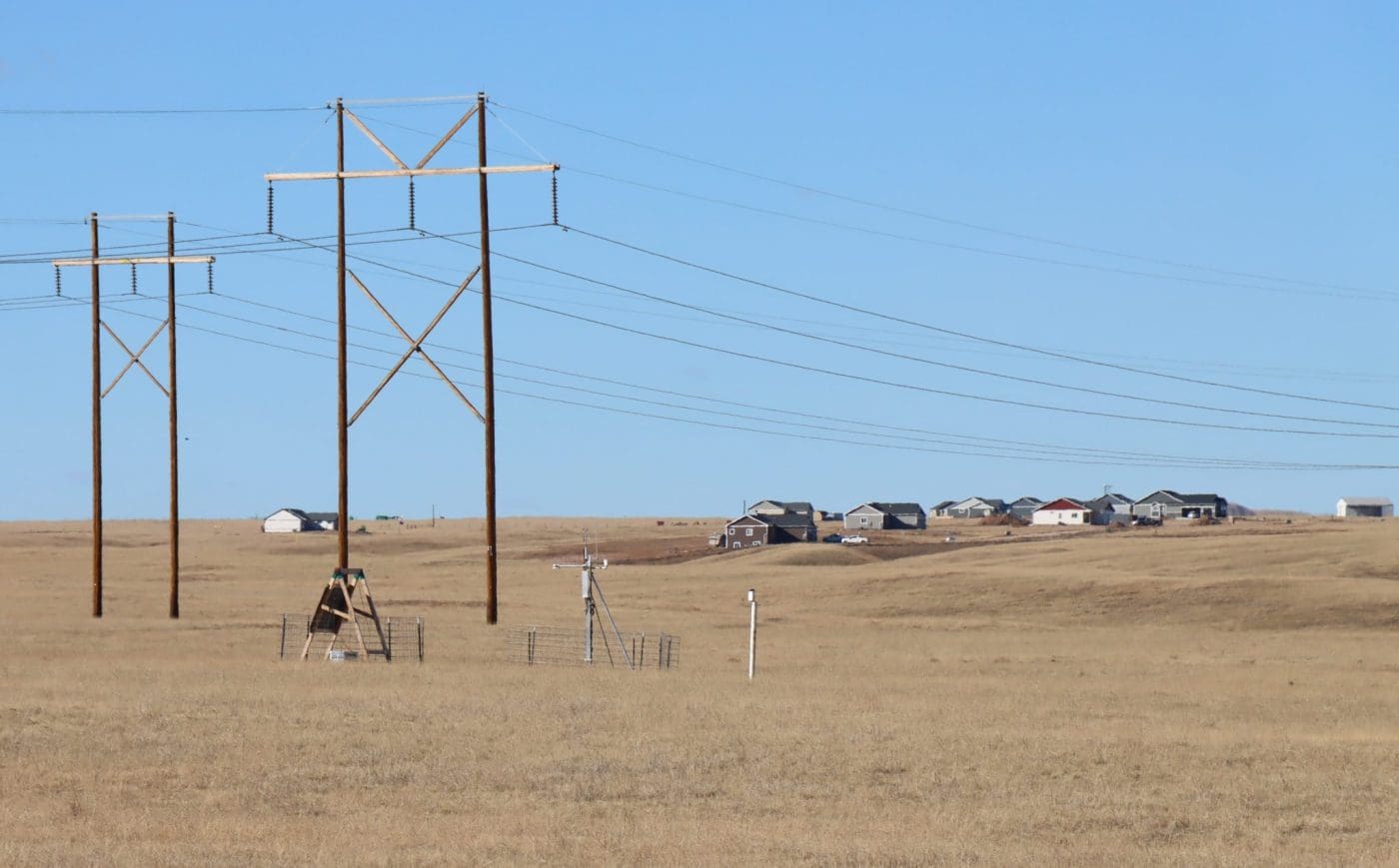
A soil carbon flux tower set up on one side of King Ranch, next to a new housing development. The tower is collecting data on how much carbon is going into the soil and coming out.
Ms Eisele said the research had only been underway for the past year, however, she was hoping it might guide some decisions about future carbon market access.
“The carbon market is so interesting to me, yet kind of scary and I think a lot of producers are scared to jump into something while we are in this learning phase,” she said.
“But maybe there is a way the research can say ‘this is what you should consider with the carbon market’.
“There is a lot of moving targets with the carbon market, but I like partnering with entities that can help producers find a way to live.”
Partnerships important for the future of the ranch
While some of the original ranch has been taken up by neighbouring industry, the Eisele family has managed to expand into another 9500ac of grazing land that was originally slated for housing estate.
“We were able to keep the integrity of the cattle grazing by adding that acreage. It allowed us to give a lot more seasonal rest and manage for bird species, wildlife and water,” Ms Eisele said.
“Rotational grazing is a big deal here, we can’t graze all year round and we need to give these pastures rest. We try to give our paddocks almost a full years’ rest before we put livestock on a pasture.”
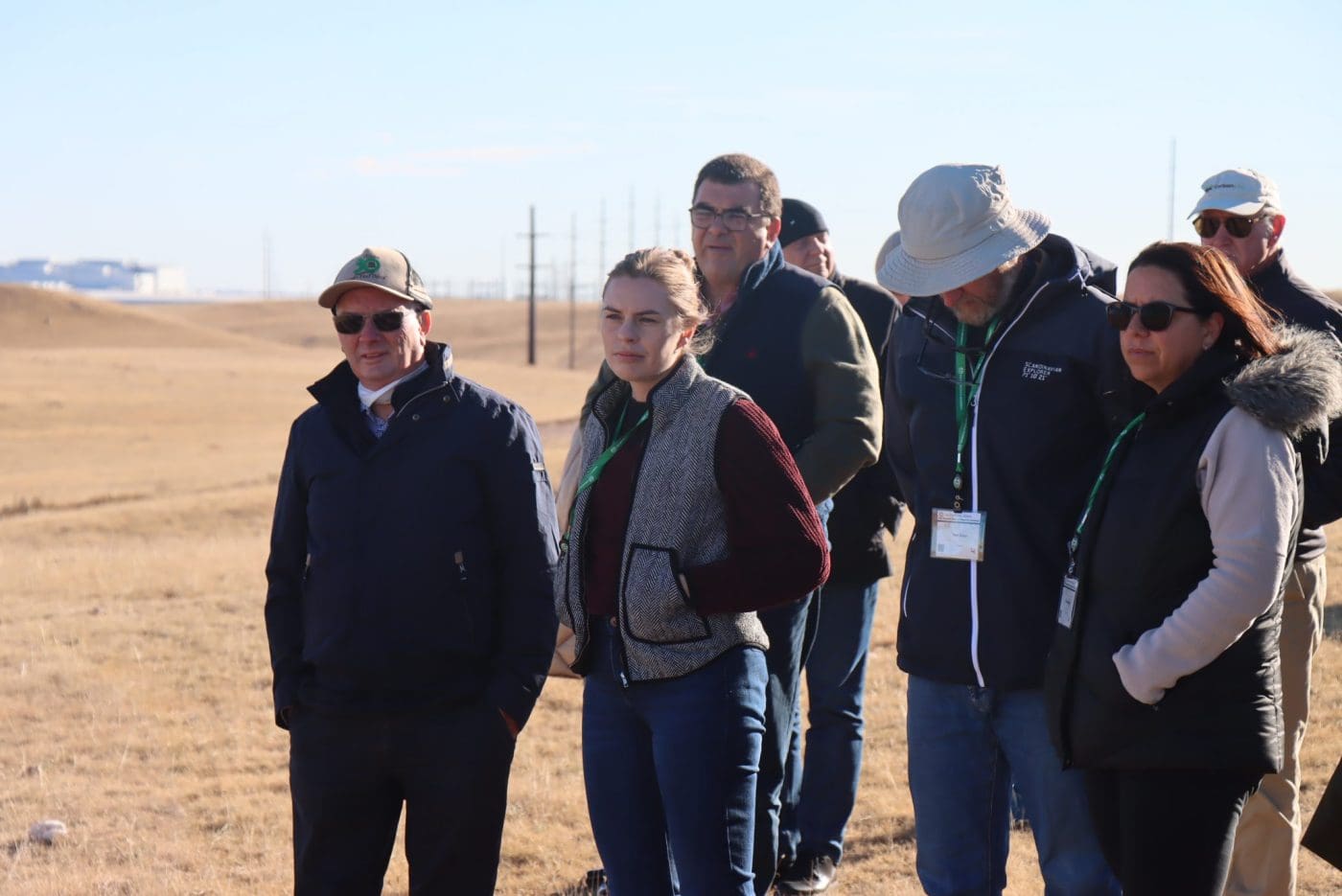
Delegates at the recent Societal Role of Meat conference in Denver were given a first hand look at how producers are managing to keep grazing through rapid urbanisation in Central America.
The wind turbines also provide regular income and the Eisele family work in partnership with the neighbouring waste transfer centre and state land.
Ms Eisele said most of the alternative income is invested back into the business, allowing them access to premium cattle markets and making the operation more efficient. She said it also feeds into the succession plan.
“We want to be able to have enough profit, so that if there is succession plan, we can do it the right way, we can get the good lawyer, we can access the premium markets and we can ensure it is profitable,” she said.
A far cry from the early years
The corporatised world on the edge of Cheyenne is a far cry from the early days of operations at King Ranch, which was just wide-open prairie and not much else.
To describe the contrast, Ms Eisele told the story of the old red barn that is situated right beside the homestead – which took 36 hours to build in the early 1900s.
The King family had one of the United States’ first shipments of Corriedale sheep on its way from New Zealand at the same time a big snowstorm was brewing.
“They basically went to what was the union of the time, the local bars, and said ‘boys we need to build a barn’,” Ms Eisele said.

The new barn on King Ranch, an essential part of grazing in the cold harsh environment of southern Wyoming.
With the incentive of being fed and looked after, the men worked in three crews across three different shifts to build the barn in time for the sheep and the storm to arrive.
“They housed 2000 sheep in that barn through the storm, watered them using buckets, saved every one of them and paid for the barn in one,” Ms Eisele said.
The King family ran Corriedale and Rambouillet sheep for most the 1900s, until Charolais and Simmental cattle were brought onto the ranch in 1960s and onto the herd of 500 Red and Black Angus cattle they run today.
While the regulatory challenges, the type of livestock and the practices have changed, the snowstorms still whistle across the prairies and the barn is still essential to the operation. Cows are grazed close to the barn during calving at the start of the year, so they can be brought inside when a storm is brewing.
The Eisele’s built a new barn last year and had the opposite experience the King family had when the first barn was constructed. It took longer than expected with regulatory approvals and labour shortages and cost significantly more than they were expecting.
Ms Eisele said mitigating the risk of losing the herd through a bad storm is still a worthy investment.
- Beef Central’s Eric Barker visited the Denver and Fort Collins region in the US last month for the Societal Role of Meat conference. For more stories click here
More photos from King Ranch
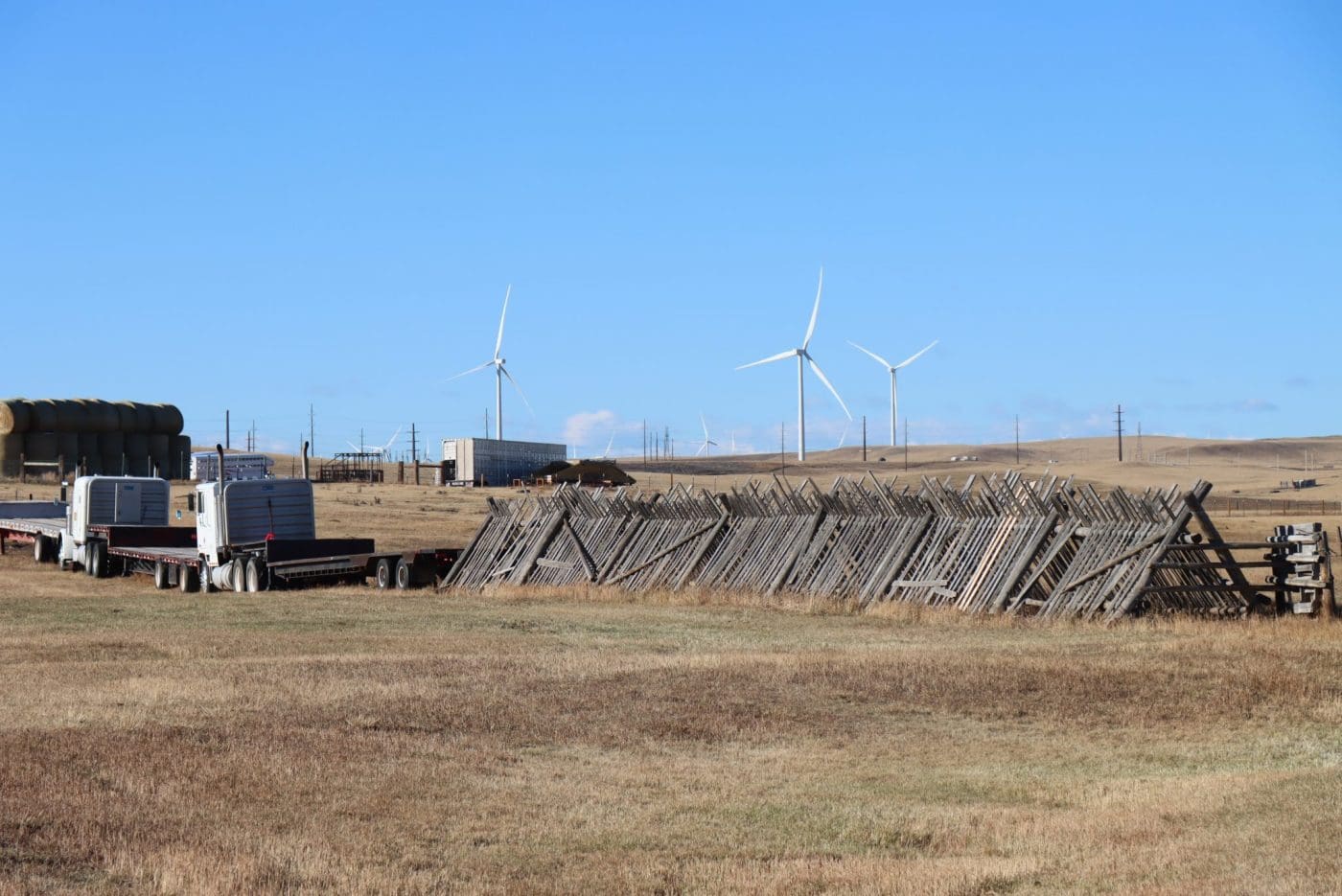
Wind breaks are build to protect from snowstorms that whistle across the prairie in Southern Wyoming.
